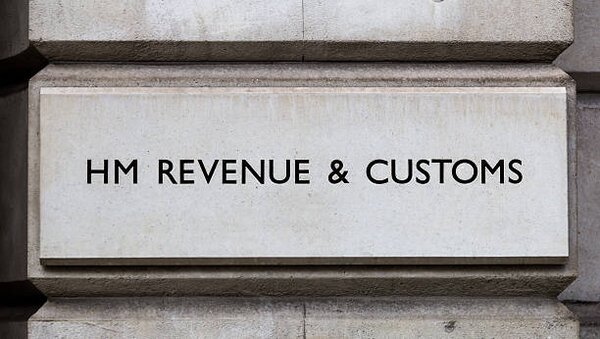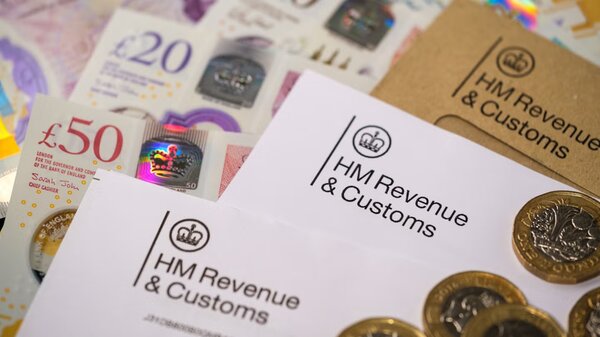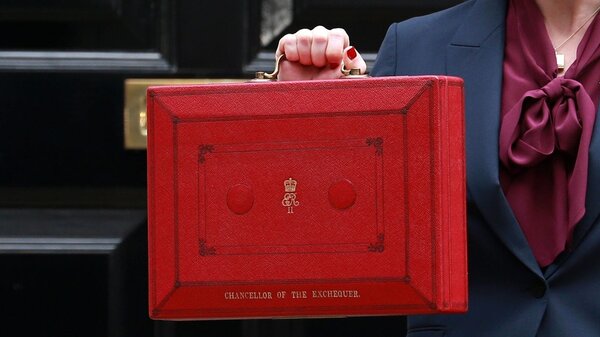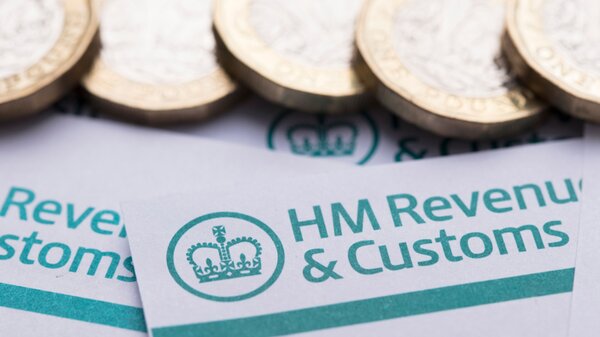Understanding Bank Switch Incentives for Your Tax Return

Understanding how to properly handle bank switch incentives on your self-assessment tax return is essential to ensure compliance and maximise your tax-saving opportunities. In this guide, we’ll explore the steps you should take to accurately report these incentives and make use of all available resources to manage your tax responsibilities effectively.
Bank switch incentives are financial rewards provided by banks to encourage customers to switch their bank accounts. These incentives can include cash bonuses, interest rewards, or other benefits. While these offers can be financially attractive, it’s crucial to understand how they are treated for tax purposes.
When you receive a bank switch incentive, it’s considered taxable income by HMRC. This means you need to include these incentives on your self-assessment tax return. Failure to declare this income correctly can lead to penalties and additional charges from HMRC. Therefore, knowing how to report these incentives accurately is essential for all taxpayers participating in such schemes.
To streamline this process, the Pie Tax App is a valuable tool that simplifies tax reporting and ensures you stay compliant with HMRC regulations. With features specifically designed for tracking various forms of income, including bank switch incentives, it makes managing your tax return straightforward.
Reporting Cash Incentives
To report a cash incentive from a bank switch, you need to include the amount in the 'other UK income' section of your self-assessment tax return. This ensures that HMRC is aware of the additional income and can tax it accordingly.


Dealing with Non-Cash Incentives
Non-cash incentives, like interest rate bonuses or gifts, should also be reported. Their value must be converted to an equivalent cash value and included in your tax return, ensuring all income is accurately declared.

Recent statistics indicate that the average cash incentive offered by banks for switching accounts is around £150-£200. This figure highlights the importance of knowing how to handle these incentives on your tax return to avoid unexpected tax bills.Average Cash Incentives

A survey found that nearly 20% of UK bank account holders have switched accounts for these incentives. This shows the considerable number of taxpayers who need to be aware of the tax implications of such incentives.Incentive Popularity

Accurate Reporting of Bank Switch Incentives
When reporting bank switch incentives, accuracy is vital. In the first step, gather all records of incentives received throughout the tax year. This includes cash bonuses, interest rewards, and non-cash benefits.
Next, enter the total value of these incentives in the 'other UK income' section of your self-assessment tax return. Double-check the entries to prevent mistakes that could lead to penalties. Using the Pie Tax App can simplify this process by automatically categorising and organising your income sources.
Managing Employer and Bank Switch Incentives
Income from both employers and bank incentives must be reported accurately. Use the Pie Tax App’s integration feature to import employer income and manually add bank switch incentives.
Ensure all income from different sources is consolidated correctly. The combined use of digital tools and expert guidance can help you remain compliant and potentially reduce your tax liability.

Essential Tax Tips for Bank Switch Incentives

Always keep records of all bank incentives received, including the date and valueRecord Keeping

Use tax software like Pie Tax App to simplify the process of reporting different income sources.Maximise Tools

Consult Pie Tax App's expert tax assistants if you have any doubts about your tax return.Seek expert advise

Fun Facts
Did you know that bank switching incentives have become so popular that some banks offer up to £200 for new customers? This competitive edge in the banking industry aims to win customer loyalty while providing tangible financial benefits.
Expert Advice on Managing Bank Switch Incentives

Accurate record-keeping is crucial. Always keep documentation of every bank incentive received, including offer letters, bank statements, and any relevant communication. This ensures you have the necessary evidence to report your income correctly.
Utilise tax management tools like the Pie Tax App. This tool can help you track all forms of income, organise your records, and ensure accuracy in your self-assessment tax return. The expert tax assistants available on the Pie Tax App provide additional support, offering personalised advice and guidance to address any complex tax scenarios you may encounter.

Maintain a dedicated folder, either physical or digital, for all documents related to bank switch incentives. Ensure that every incentive is logged with its respective documentation, such as offer letters, emails, and bank transfer statements.Consistent Documentation Practices

Adopt digital tools like the Pie Tax App to streamline your tax reporting process. These tools help aggregate all income sources, automate calculations, and provide reminders for submission deadlines. By leveraging technology, you can enhance accuracy and efficiency.Utilising Digital Tools
Summary
Handling bank switch incentives on your self-assessment tax return may seem daunting, but by following the right steps and leveraging digital tools, it becomes manageable. Bank switch incentives should be reported as taxable income. Using tools like the Pie Tax App and maintaining organised records ensures the accurate reporting of all your income sources. Moreover, the expert tax assistants available on the Pie Tax App can provide guidance for any complicated tax questions, helping you stay compliant and potentially reduce your tax liability.
In conclusion, bank switch incentives are a great way to earn extra money. However, it’s important to remember that these need to be declared on your tax return. Utilising tools like the Pie Tax App can simplify this process, ensuring you remain compliant and benefit from effective tax management.
Frequently Asked Questions
What are bank switch incentives?
Bank switch incentives are rewards provided by banks to entice customers to switch their accounts. These could include cash bonuses, better interest rates, or other gifts.
Are bank switch incentives taxable?
Yes, bank switch incentives are considered taxable income by HMRC and must be included in your self-assessment tax return.
How should I report a cash incentive from a bank switch?
You should report the cash incentive in the ‘other UK income’ section of your self-assessment tax return.
How do I report non-cash incentives?
Calculate the cash equivalent of the non-cash incentive and report it in the 'other UK income' section of your tax return.
Can the Pie Tax App help with reporting bank switch incentives?
Yes, the Pie Tax App can help streamline the process of reporting various forms of income, including bank switch incentives, ensuring accuracy and compliance with HMRC requirements.











